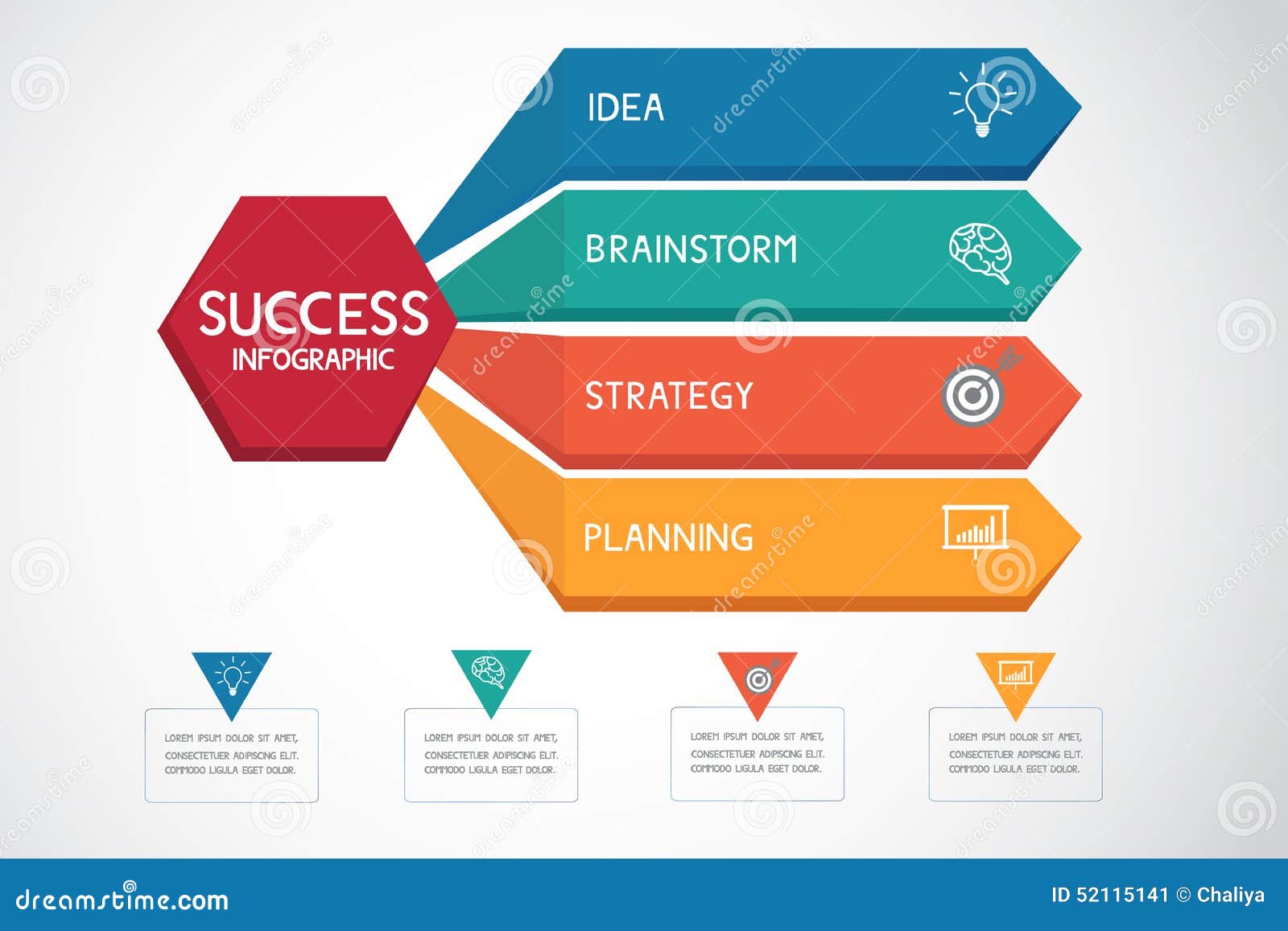The Advancement Of Internet Site Design: From Past To Existing
The Advancement Of Internet Site Design: From Past To Existing
Blog Article
Authored By-Pappas Clarke
In the past, websites were basic and focused on info. Navigation was straight, and layout was for desktop computers. Now, user experience is key. Information overviews layouts for simple navigation. Receptive designs fit various devices. Today, dark mode reduces strain, and minimal menus enhance navigating. Interactive functions engage customers, and bold visuals stick out. AI combination increases involvement. See how design has actually evolved to enhance your online trip.
Early Days of Website Design
In the early days of web design, simplicity preponderated. Websites were fundamental, with minimal colors, typefaces, and layouts. The focus got on giving information instead of fancy visuals. Customers accessed the net with slow-moving dial-up connections, so speed and performance were key.
Navigating food selections were straightforward, commonly situated on top or side of the page. Internet sites were created for desktop computers, as mobile surfing wasn't yet common. Content was king, and developers focused on very easy readability over intricate design elements.
HTML was the primary coding language utilized, and designers had to work within its constraints. Animations and interactive functions were very little compared to today's requirements. Web sites were fixed, with little vibrant content or tailored user experiences.
Increase of User-Focused Layout
With the advancement of site design, a change in the direction of user-focused layout concepts has actually come to be increasingly prominent. Today, producing web sites that focus on user experience is essential for engaging site visitors and attaining service objectives. User-focused layout involves understanding the needs, choices, and habits of your target market to customize the website's format, web content, and includes appropriately.
Developers currently conduct extensive study, such as user surveys and usability testing, to gather insights and feedback directly from customers. simply click the up coming website page -driven technique helps in producing user-friendly navigating, clear calls-to-action, and aesthetically appealing interfaces that reverberate with site visitors. By putting the user at the facility of the layout process, sites can supply a more customized and satisfying experience.
Responsive style has actually additionally emerged as a crucial element of user-focused style, making certain that internet sites are optimized for different tools and screen dimensions. This adaptability enhances availability and functionality, satisfying the diverse means users interact with internet sites today. Basically, the surge of user-focused design indicates a change towards developing electronic experiences that focus on the needs and assumptions of completion individual.
Modern Trends in Web Design
Check out the most recent fads shaping web design today. One popular pattern is dark setting layout, using a smooth and modern look while minimizing eye pressure in low-light environments. Another vital pattern is minimalist navigation, simplifying menus and improving individual experience by focusing on essential elements. Incorporating micro-interactions, such as computer animated switches or scrolling results, can create a much more interesting and interactive web site. Responsive layout continues to be critical, making certain seamless customer experiences throughout various gadgets. Additionally, using bold typography and asymmetrical formats can add aesthetic rate of interest and draw attention to specific content.
Incorporating https://www.marketingprofs.com/articles/2022/47099/four-digital-marketing-lead-gen-tactics-not-to-give-up-on , like chatbots for customer support or tailored recommendations, improves customer engagement and improves procedures. Access has additionally end up being a substantial trend, with developers focusing on inclusive design practices to satisfy varied individual demands. Embracing sustainability by maximizing site efficiency for speed and efficiency is an additional arising fad in web design. Teaming up with customer feedback and data analytics to iterate and enhance style continuously is necessary for remaining relevant in the ever-evolving digital landscape. By embracing these modern-day fads, you can create a visually appealing, easy to use website that reverberates with your target market.
Verdict
As you review the evolution of site design from the early days to currently, you can see how user-focused layout has actually become the driving pressure behind contemporary patterns.
Accept the trip of change and adjustment in website design, constantly keeping the customer experience at the forefront.
Keep existing with the most recent fads and modern technologies, and never stop progressing your approach to create aesthetically magnificent and user-friendly sites.
Progress, adjust, and create - the future of website design remains in your hands.
